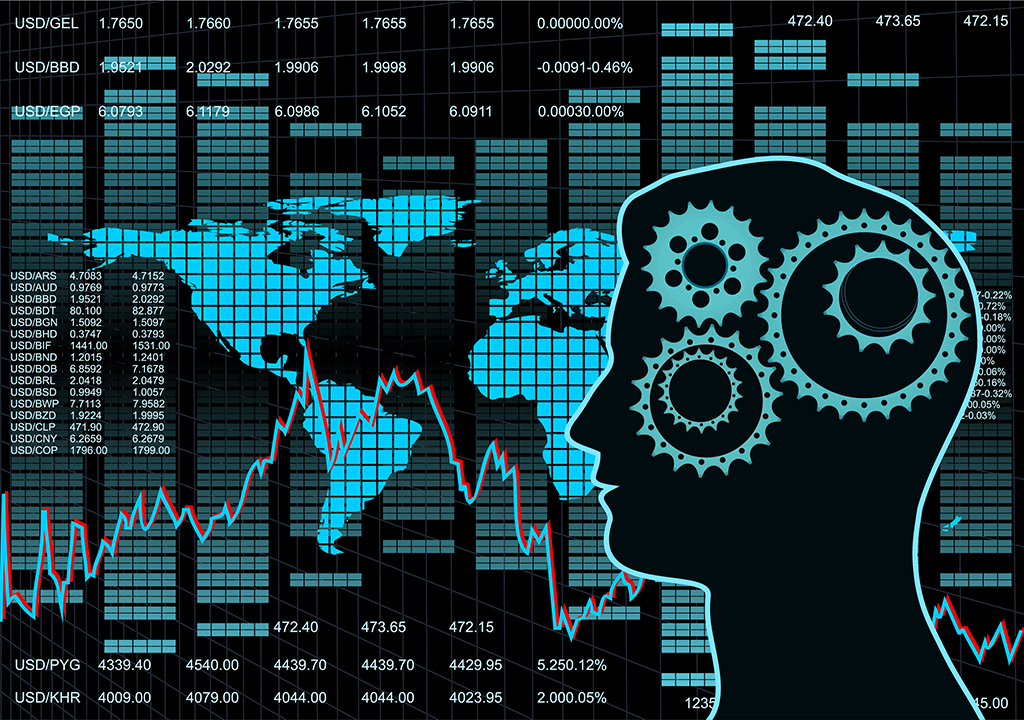Alternative Methods to Counter Alternative Facts: How the Rise of Big Data Can Help Counter the Spread of Fake News
 Big Data is increasingly present in the 21st century.
https://www.flickr.com/photos/kamiphuc/11396380473/
Big Data is increasingly present in the 21st century.
https://www.flickr.com/photos/kamiphuc/11396380473/

Source: https://www.flickr.com/photos/kamiphuc/11396380473/
Big data is non-political. It does not sit on the right or left of any spectrum, discuss racism, anti-semitism or sexism; it instead gives those who want to analyze it the opportunity to get a clearer picture of these elements.
Big Data
The human passion for the “stor[age] and analy[sis] [of] data” initially started in 18000 BCE, but in the past few years, it has become more and more popular as an increasing amount of data is developed and collected. This has led to the rise of the “Big Data” phenomenon, a term coined in the 1990s. “Big Data” is defined as: “ a cultural, technological, and scholarly phenomenon that rests on the interplay of: (1) Technology…(2) Analysis…[and] (3) Mythology…” It is the interplay of technology, for Big Data’s “capacity to search, aggregate, and cross-reference large data sets,” along with political and scholarly pursuits, the drivers of such endeavours, that presents Big Data as one of the potential solutions to the problem of fake news. Fake news is a problem of data veracity. Individuals and private companies have brought forth solutions to the problem of data veracity that incorporate Big Data tools.
The war against alternative facts is partly waged by multinationals such as Facebook, who have started macro user-led initiatives. Facebook encourages users to flag articles and posts that they believe are fake news. When enough users do so, Facebook warns other users of the potentially deceiving information found in the piece.
Furthermore, Facebook has also developed an algorithm to monitor the content spread through the website. This algorithm is used to monitor the “Trending” section, previously monitored by real-life computer scientists. The use of these algorithms is not unprecedented, as email providers have been using their own version to filter out suspicious emails, and websites with comment sections have been using a similar algorithm to filter out inappropriate comments, which may then be monitored by humans to ensure that appropriate decisions are taken. Algorithms, however, reflect the subjectivity of their creators, whether it is their values or political leanings, which may limit the trust the public holds in them.
Moreover, academics are joining the fight against fake news by studying their creation and spread. Results yielded by Tanushree Mitra, a doctoral student at the Georgia Institute of Technology stated that:
Words such as “eager,” ”terrific” and “undeniable” were linked to more credible posts, while words such as “ha,” ”grins” and “suspects” were the opposite. A computer matched the humans’ opinions 68 percent of the time.
This demonstrates that it is possible for scholars to discover patterns present in both real and fake news, and replicate human judgement in computer programs, thereby better enabling algorithms alone to judge whether a post is real or fake.
Critiques Against Big Data
However, Big Data is not infallible. The aggregation of data is open to human error. In the 2016 American elections, the use of aggregated polling data to predict electoral results led many pollsters and political analysts to fail to accurately predict the results of the elections, thereby fuelling a “people versus press” feeling in the American electorate. This highlights the press’ inability to understand the American people. Aggregated data must be used with caution in relation to the prevention and elimination of fake news, as it can provide inaccurate results and predictions.
Moreover, the commercialization of the Big Data phenomenon threatens its integrity as a tool to counteract fake news. There has been a boom of certificates and degrees in Big Data. As there is no set standard in what a Big Data degree contains, potential graduates are going into the world with a degree that may not be as substantially valuable as they believed. Certain Data Science degrees are simply re-packaging well-known skills such as statistics without including subjects crucial to the study of Big Data, like computer science and business. This can influence the way these data scientists conduct polls or read data, and draw life-changing conclusions from this information. If graduates from Big Data degrees are unable to properly use Big Data, they will provide policy prescriptions most likely based on inaccurate results and will then themselves become providers of fake news, inadvertently or not.
Finally, one of the biggest critiques raised against the phenomenon of Big Data is that it amplifies the “Big Brother” status of government in society. If governments and private companies can amass a large amount of data, then private citizens’ lives become less and less private. More data gives more opportunity to individuals to exploit the mass of data in order to tailor fake news according to people’s lives, making it more likely that they will believe it. However, the information gathered can also be used to ensure that a country minimizes the likelihood of terrrorist acts. In the United States, the National Security Agency (NSA) claims that its gathering of data serves to protect the lives of Americans, both at home and abroad. Others claim that the NSA gathers too much information, thus overwhelming the agency and violating the privacy of Americans.
While many critiques can be brought against Big Data, this phenomenon presents many opportunities and challenges to the 21st century. With an ever growing mass of data, it provides an opportunity for scientists, private companies, and individuals to develop tools to become sharper news readers, with a keener understanding of what is true or not.
